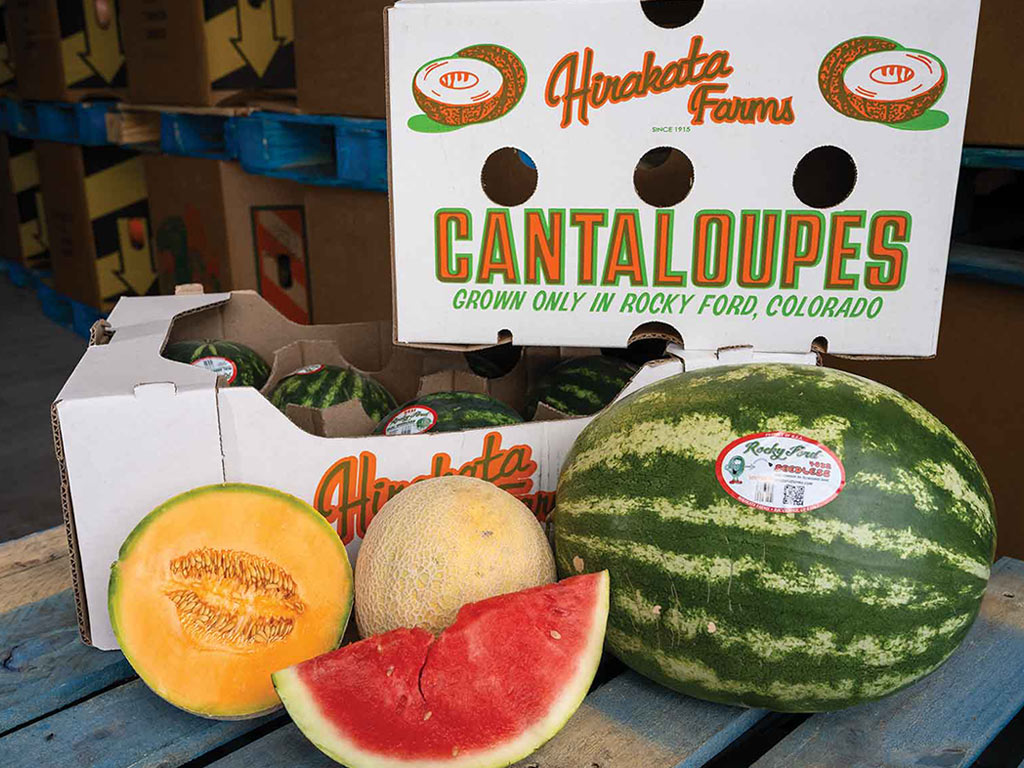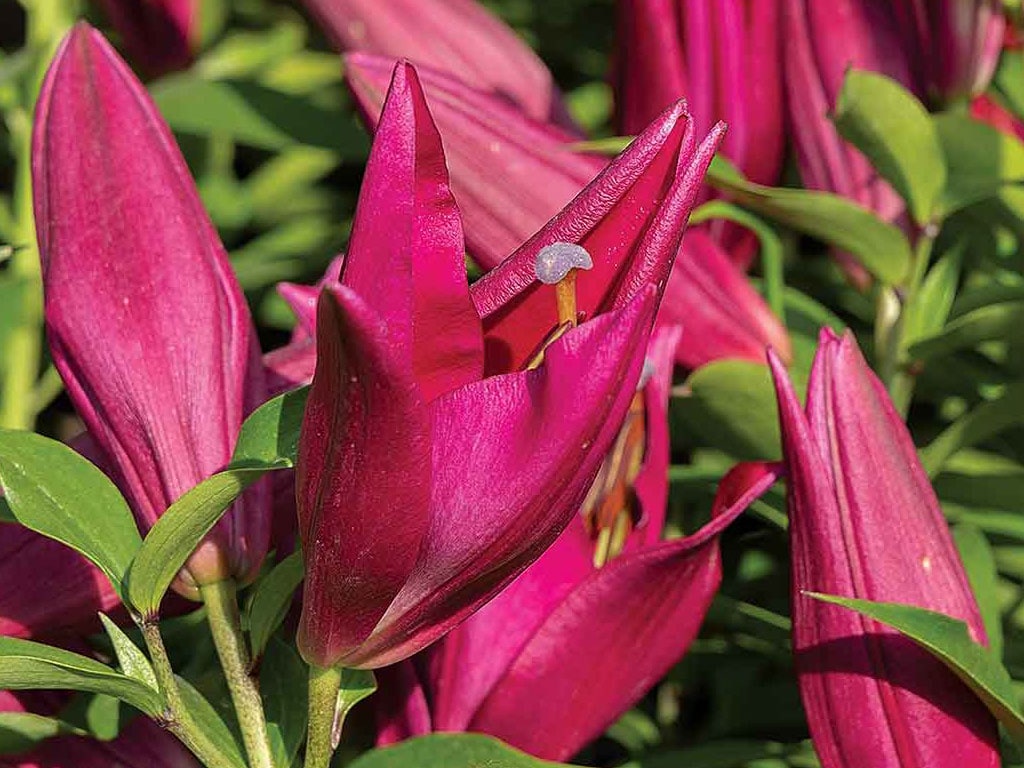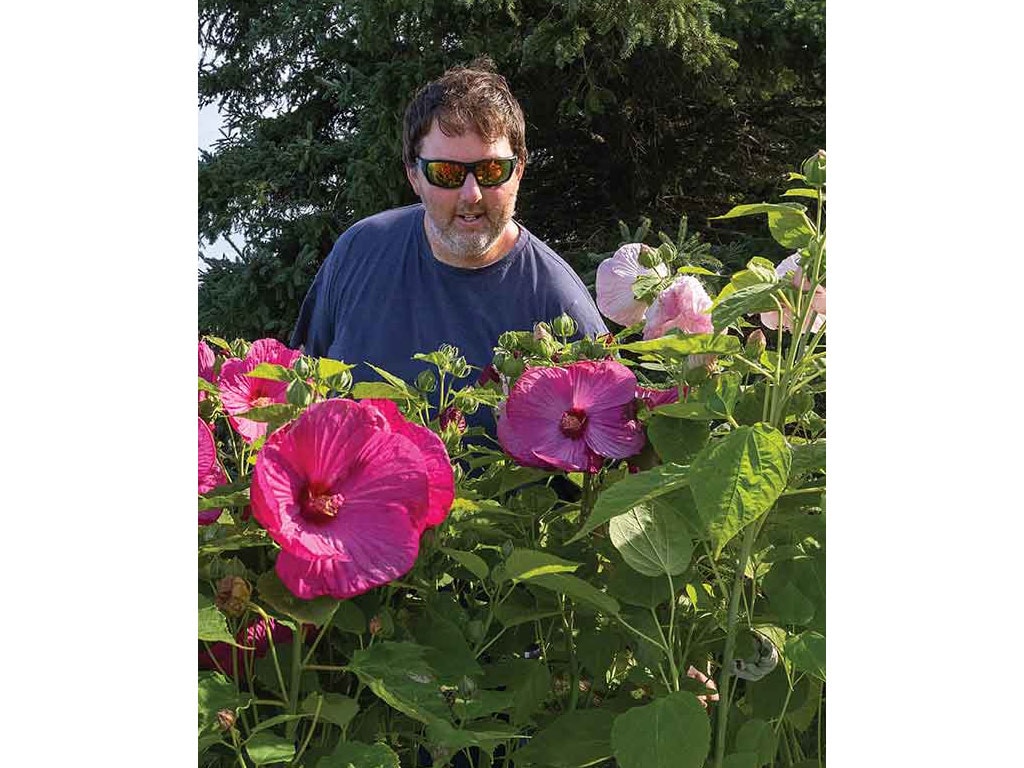Agriculture, Specialty/Niche June 01, 2025
Small Farm, Bright Blooms
For Andrew McDonald, pots of flowers are the secret to success.
by Lorne McClinton
Size isn't everything. Few farmers would guess you could generate enough revenue to provide a living on a 3.5 acre farm. But Andrew McDonald, like his father Gord before him, has been doing it by growing pots of flowering perennials at Old McDonald's Farm near Belwood, Ontario. They sell directly to consumers, primarily at the St. Jacobs Farmers' Market in Ontario, but increasingly from their farm's roadside stand, too.
"We sold our first crop of mums at St. Jacobs in 1997," says Old McDonald's Farm founder Gord McDonald. "We were the new kid on the block in those days. Now we're one of the old guys. We used to have stalls at other farmers' markets over the years too, but we gave them up. There's nothing like St. Jacobs. They'll have 35,000 people go through on a good Saturday in July. Where else do you get that kind of volume?"
Andrew and Gord's biggest crops are potted lilies, mums, and hibiscus. But they sell lots of other perennials like lupines, coneflowers, Rudbeckia, foxglove, heucheras, rhubarb, and daylilies, as well as some bare bulbs in the early spring.
The growing season at Old McDonald's Farm typically kicks off with the first of four lily plantings about March 15, Andrew says (subsequent lily plantings are done on April 15, May 15, and June 1st). Hostas and rhubarb go in about April 15 followed by the perennial plugs on May 15. Their mums are planted about the first week of June.
"Sales are brisk from July 1st right through to [Canadian] Thanksgiving, our last day at the market," Andrew says. "We only sell perennials so outside of some bare bulbs, we don't get the spring sales like the vendors selling annuals will. There's a lot of impulse buying involved, so it doesn't help that our plants will still be green, while the annuals are in full bloom."
Above. Lilies, mums, and hibiscus are their biggest sellers but they also offer lupines, coneflowers, Rudbeckia, foxglove, heucheras, rhubarb and daylilies, too. Some of their offerings aren't available anywhere else.
Learning the ropes. "I was brand new to this business in 1992," Gord McDonald says. "It took a long time to learn the business and what would grow well in our environment. Fortunately, my brother-in-law had a big cut-flower greenhouse operation in Carlisle, Ontario. He happily shared his knowledge with us. While growing potted perennials isn't quite the same as growing cut flowers, a lot of things do transfer back and forth."
Their farm must compete weather-wise too. They are located north of Fergus, Ont., and have a cooler climate than their competitors located in the Niagara region. Back in the 90s for example, they'd have to run their overhead irrigation to stave off frosts many nights in September, but the weather has changed. They didn't need to run the sprinklers for frost protection once in 2024. That's helped with their fall mum sales, because if they're getting frosts, their customers are as well.
"We don't want to have our customers disappointed," Gord says. "Everybody else plants their perennials in a commercial potting mix, but we add compost to ours. That really makes a difference. You can pour water in the top of a plant in theirs until it runs out the bottom, but in three hours they'll be drooping. That doesn't happen with our soil mix. So, we've gained a good reputation for providing plants that will overwinter. Once we gain a customer, we pretty well have them for life."
"It's hard to guess what flowers are going to be popular from one year to the next but we do our best," Andrew says. "But one of our key advantages is having suppliers that really believe in us. They'll sell us some of the brand new varieties that are just coming on the market. In some cases, we've gotten the only crate of bulbs that was available in the world. Our customers have come to know that we can have varieties that they won't be able to get anywhere else for five years."
But can you earn enough money to live on, growing potted perennials on 3.5 acres?
"Old McDonald's Farm has been my main source of income for the last five years," Andrew says. "It pays the bills, but it's just not quite enough to get by on for the year. Like I said, we only have good sales in July, August, September, and the first week of October and wishy-washy sales in May and June. But the rest of the year, from after Thanksgiving until the end of May, you have no income at all. You pretty much need another source of income to go with it." ‡
Read More

AGRICULTURE, FARM OPERATION
A Sweet Legacy
Another generation of Hirakatas are primed to produce.

AGRICULTURE, FARM OPERATION
Calculating Your Break-Even Point
Will corn silage make sense for your prairie beef operation?



